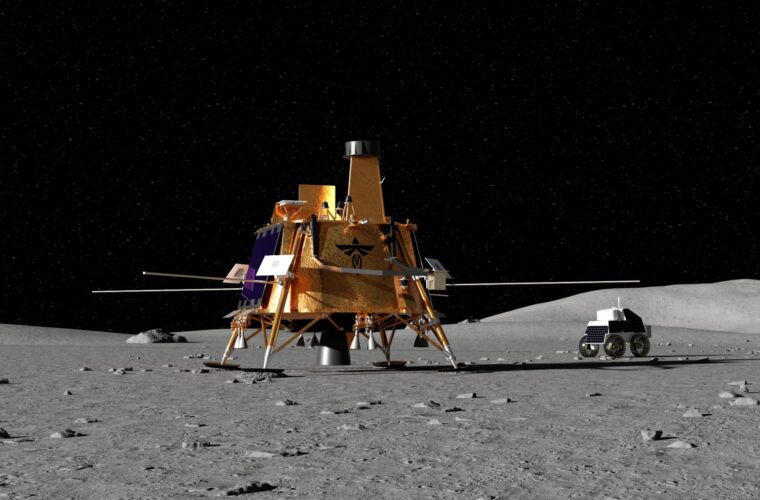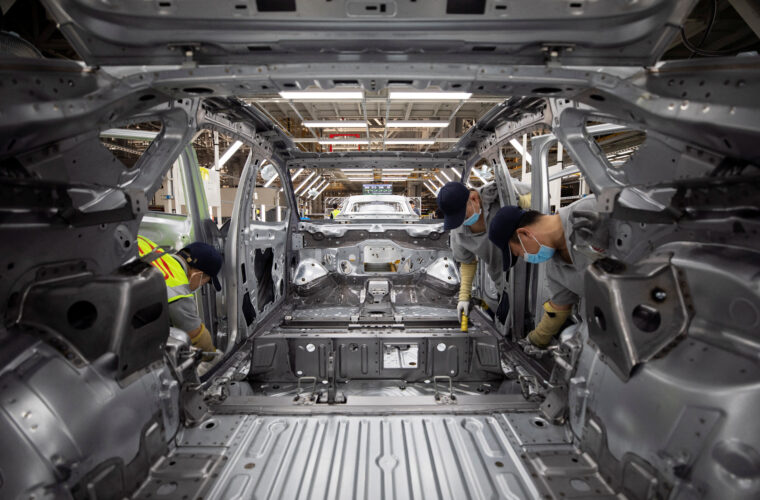3D printing Moon: After abandoning its role as a world factory and becoming a global power, China also aims to conquer the Moon. But to surprise, it intends to do so in a different way than usual, experimenting with the use of 3D printing to construct buildings on lunar soil. A path that starts from afar and includes several stages, with the aim of leaving an indelible mark even on Earth’s only natural satellite.
The goal is permanent human presence on the Moon
Reporting on the national government’s intentions is China Daily, which goes a long way towards discussing preparatory attempts for a permanent human presence on the Moon. ‘If we want to stay there for a long time, we have to build stations using lunar materials,’ said Wu Weiren, a China National Space Administration scientist. According to plans reported in the newspaper, China is set to start testing additive manufacturing aimed at building constructions on the Moon with the Chang’e 8 mission, scheduled for 2028, with the aim of obtaining crucial information to understand the feasibility of the operation. It goes without saying that, should the experiment be successful, the country would mark a huge step forward in space exploration and the use of technology to facilitate the human occupation of the Moon.



It’s all about bringing a 3D printer to the satellite and printing three-dimensional blocks using the lunar material, namely regolith, a powder present on the Moon in abundant quantities, currently considered an potentially valuable tool for human settlement. The future building should be constructed by a robot resembling an insect, not only because of its six legs, capable of assembling the printed bricks with manoeuvres similar to Lego bricks.
There is also the ecological way
The programme is subject to change, as it is currently purely theoretical. There is no certainty as to the printing method that will be used, although, among Chinese researchers, the idea of using a laser to melt lunar soil to solidify it in order to obtain the blocks with which to build is gaining ground. Less quoted but possible is also the option of Winsun, a Chinese company founded in 2003 in Shanghai specialising in the recycling of construction waste, which, through a precise transformation process, could prove suitable for lunar soil and speed up construction times.
As much as the Chinese choice represents a breakthrough, the use of 3D printing is not new to the space industry, as NASA has successfully tested the technology for rocket engine parts and is experimenting with it to assess whether it could be a decisive element in helping to create a habitat on Mars.
After carrying out the first lunar landing in 2013 and completing the Chang’e 5 lunar mission in 2020, with the unmanned probe bringing the first lunar soil samples back to Earth, China is preparing to launch the Chang’e 6 mission in two years to collect and assemble material samples, and a year later replicate with Chang’e 7, which aims to search for reusable resources and water in shaded craters. Only later, in 2028, will it be time for Chang’e 8 to find out whether 3D printing can really enable a significant step forward in getting the man to the Moon and keeping him there for a long time.



